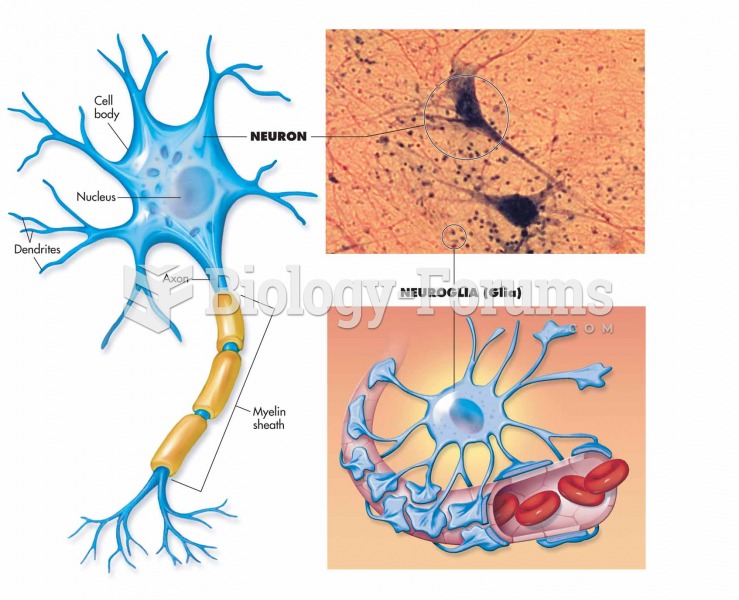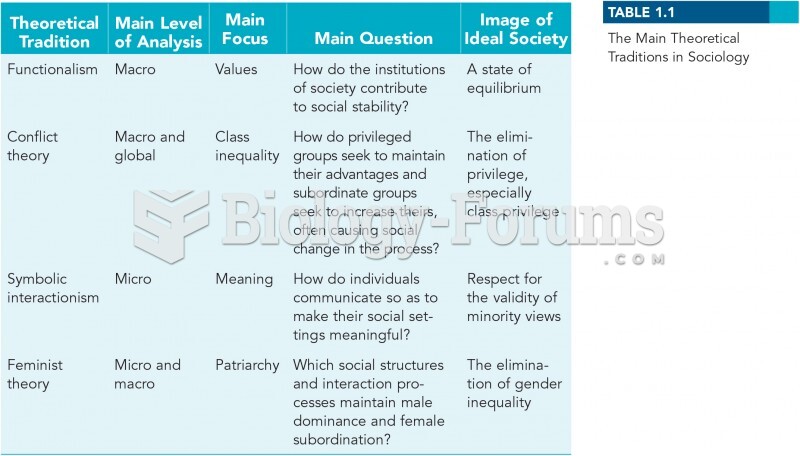Answer to Question 1
A
Answer to Question 2
The main functionalities included in e-commerce merchant server software are online catalog, order taking capabilities using an online shopping cart, and online credit card processing. Merchant server software typically includes a database and the capability to post lists, product descriptions, product photographs, and in larger sites even sound, animations, videos, or interactivities with product demonstrations and customer service representatives. Online shopping carts enable customers to set aside items they wish to purchase while they continue to shop at the site. Online shopping cart capabilities must also include the ability for consumers to review the items they have set aside and delete or edit items as necessary. Finally, the customer must be able to click a button to begin the order processing system. Credit card processing must work in conjunction with the shopping cart so that the customer's credit card can be verified, the charge can be debited to the card, and a credit to the firm's account can be made. Merchant server software/e-commerce suites offer an integrated environment that promises to provide most or all of the functionality and capabilities you will need to develop a sophisticated, customer-centric site. E-commerce suites come in three general ranges of price and functionality: basic, mid-range, and high-end.
Key factors to consider when selecting a package include functionality, support for different business models, business process modeling tools, visual site management tools and reporting, performance and scalability, connectivity to existing business systems, compliance with standards, global and multicultural capability, and local sales tax and shipping rules.
For instance, although e-commerce suites promise to do everything, your business may require special functionality. You will need a list of business functionality requirements. Your business may involve several different business models. Be sure the package can support all of your business models. You may wish to change your business processes, such as order taking and order fulfillment. Does the suite contain tools for modeling business process and work flows? Understanding how your site works will require visual reporting tools that make its operation transparent to many different people in your business. A poorly designed software package will drop off significantly in performance as visitors and transactions expand into the thousands per hour, or minute. Check for performance and scalability by stress testing a pilot edition or obtaining data from the vendor about performance under load. You must connect the e-commerce suite to your traditional business systems. How will this connection to existing systems be made, and is your staff skilled in making the connection? Because of the changing technical environment in particular, changes in mobile commerce platforms it is important to document exactly what standards the suite supports now, and what the migration path will be toward the future. Finally, your e-commerce site may have to work both globally and locally. You may need a foreign language edition using foreign currency denominations. And you will have to collect sales taxes across many local, regional, and national tax systems. Does the e-commerce suite support this level of globalization and localization?







